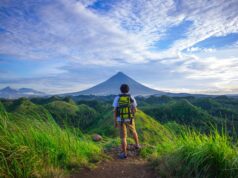
Water is one of the most valuable resources humans have. There are several things you need to survive in the wilderness, such as basic shelter, food, water and oxygen.
You can live around three weeks without food, but only around three to five days without water. Whether you’re camping or facing a catastrophic disaster that cuts you off from community resources, you need to know how to find water in a survival situation.
Many people assume that it’s safe to drink water out in the wild, but this water can still contain parasites, viruses and bacteria–no matter how clear it looks. If you plan on camping or hiking in the backcountry, you can’t always carry the water you need in your sturdy tactical backpack from LA Police Gear.
Even if you can carry enough water with you to last for days, you’ll be staying outdoors. So, what happens if there’s an emergency and you find yourself stuck without enough water? There may be a water source close by, but it could be contaminated. That’s why you always need to bring along a way to filter or purify the water you find or know how to use materials found in nature.
Here are some tips on how to find water in a survival situation.
Page Contents
Finding Water in Obvious Places – Rivers, Lakes and Streams
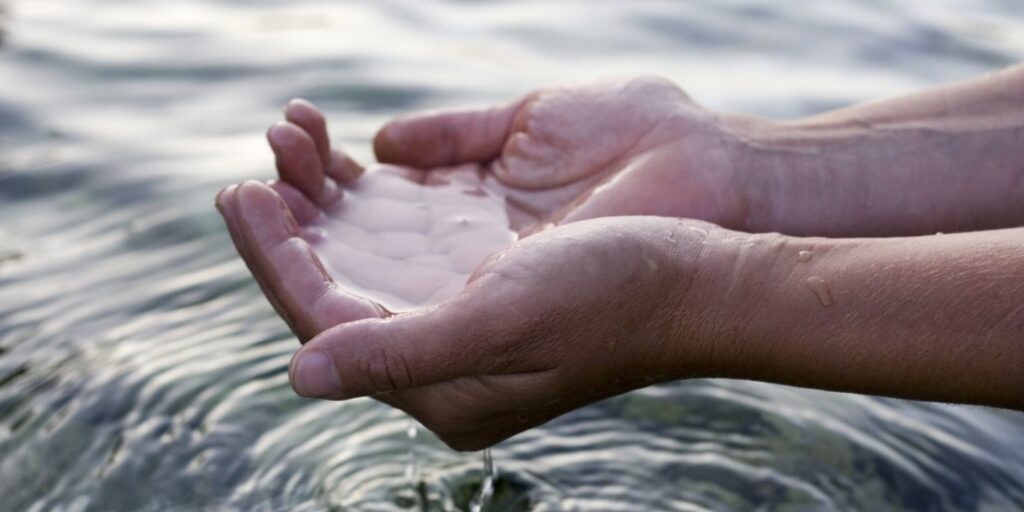
The most obvious places to find water are the streams, creeks, rivers and lakes wherever you are. The best water is clear and flowing because it helps prevent bacteria from growing. Large rivers can be contaminated with pollution, and lakes and ponds are stagnant, allowing bacteria to fester. So, streams are the first place you should look for water.
Thankfully, nature is often silent, so you can hear the sound of trickling, flowing water even if it’s far away. Also, animal tracks often lead to water and you can watch animal behavior. But you don’t have the luxury of being too picky when it comes to a survival situation.
Sometimes, all you can find are dried river beds, streams or canyons, and if water flowed at some point, it likely still does somewhere close. Signs of moist, soft ground are also indications of a water source.
How to Find Water in Different Climates
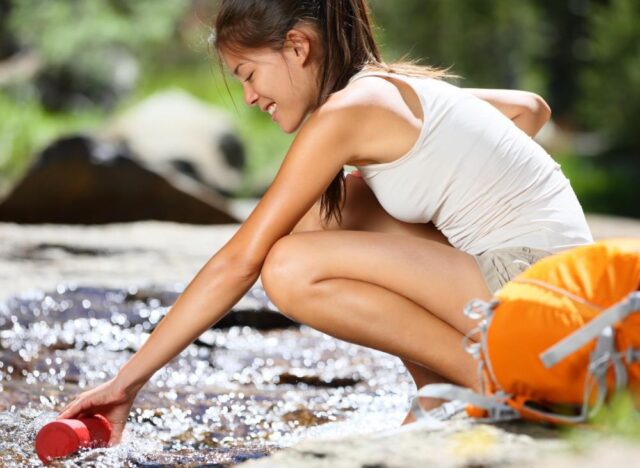
Obviously, it’s easier to find water in some regions than it is in others. Many places have abundant resources like lakes and rivers and even snow as a source of water in the winter. But other places have fewer resources.
Here are some ways to find water in different climates.
How to Find Water in the Desert
Unfortunately, the desert is the hardest place to find water, and you may even need to ration your intake. Rivers and streams exist, but they can be very far away, taking several days to reach. The strategy here is to harvest water from plants that store it like cacti.
But this is where your plant knowledge comes into play because the best cacti to use for sources of water are the prickly pear and fishhook barrel plants. The water found in almost all the other barrel cacti can give you cramps and headaches.
How to Find Water in Moist Continental Regions

These zones cover most northern U.S. states, parts of Europe and the southern parts of Canada. Summers are cooler in these regions, and many places get several feet of snow in the winter.
You can use water from snow and ice, but be sure to boil it before drinking. Ice is a better choice than snow because it’s denser and yields more water. It’s also less likely to have large amounts of debris and mud.
Also, refrain from eating ice or snow because your body burns more energy to process it because it’s so cold. If you don’t have anything to boil ice and snow in, at least let them melt a little first.
During the other seasons, you can find running water or even collect rainwater. You still need to filter or boil it.
How to Find Water in Polar Regions
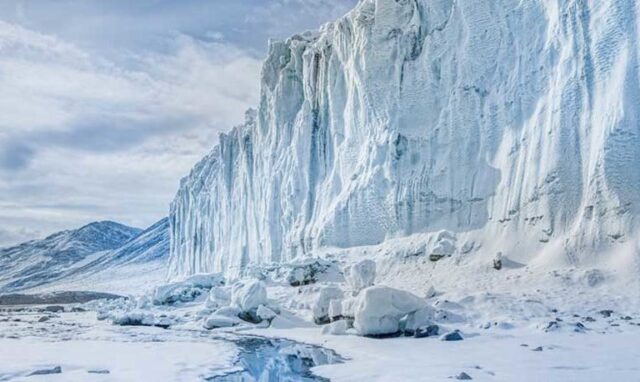
Oddly enough, the areas with the most water in them are the most difficult to survive in because it’s hard to access most of the water. In Polar zones, it’s always winter, but sometimes it gets warm enough for streams to thaw and glaciers to melt.
Melting ice and snow is the best way to get water if you can’t find any liquid freshwater. You can’t look for water in plants here because they are rare, but you can get some water from fish if you know how to catch them.
You’ve probably heard of solar stills. However, they won’t work out here because it never gets warm enough to collect water through evaporation, and the ground is too hard to dig in.
How to Find Water in Sub-Tropical Areas
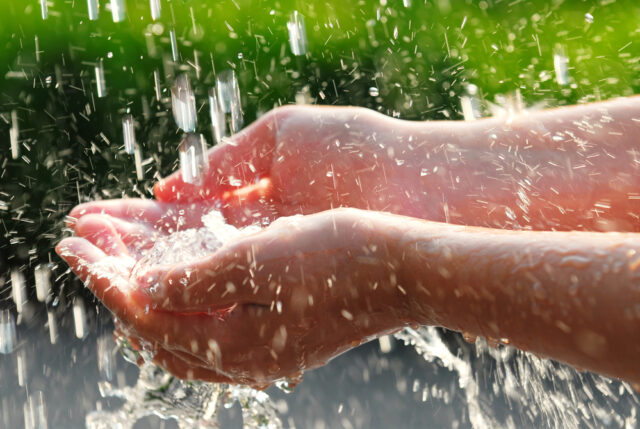
Sub-tropical areas are those 30-50 degrees south and north of the equator. The winters are mild here and the summers are humid and warm. In these areas, you can look for water the same way you would in moist continental zones. You just won’t find snow and ice here because winters are warm.
It rains much more in these areas, so it will be easier to find water. You can also find other sources of water and moisture in fish and in fruits like kiwis and bananas. There are even freshwater lagoons close to the coasts.
No matter where you are or how you decide to find, harvest and collect water, you still need to purify or filter it. It’s always smart to carry a water filtration device or purifying method with you in the wilderness. Even if you’re close to home, you may have to leave to find water. You need to find a way to make it drinkable.
Being prepared is the best way to survive any catastrophic event. Finding water, food and shelter are critical in a survival situation. If you’re always ready for any possible situation, you’ll make it out alive when other people may not.
Carry a map with you and know where close water sources are. Learn about the plants wherever you go and you’ll always be able to find and harvest drinkable water.




















